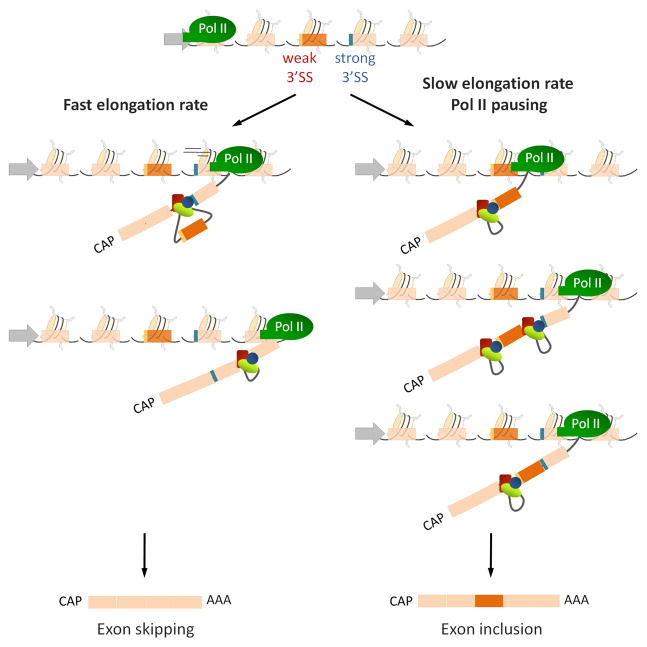Figure 2. The RNA Polymerase II kinetic model for alternative splicing.
Rapid elongation of RNA Polymerase II (Pol II) leads to simultaneous availability to the splicing machinery of a weak (red) and a strong (blue) splice site which compete for the recruitment of splicing factors (red, blue and green ovals) resulting in skipping of the weaker exon (orange rectangle). Pausing or slowing down of the RNA Pol II favors the recruitment of the splicing machinery to the first transcribed, weaker exon leading to its subsequent inclusion in a “first served, first committed” model.

